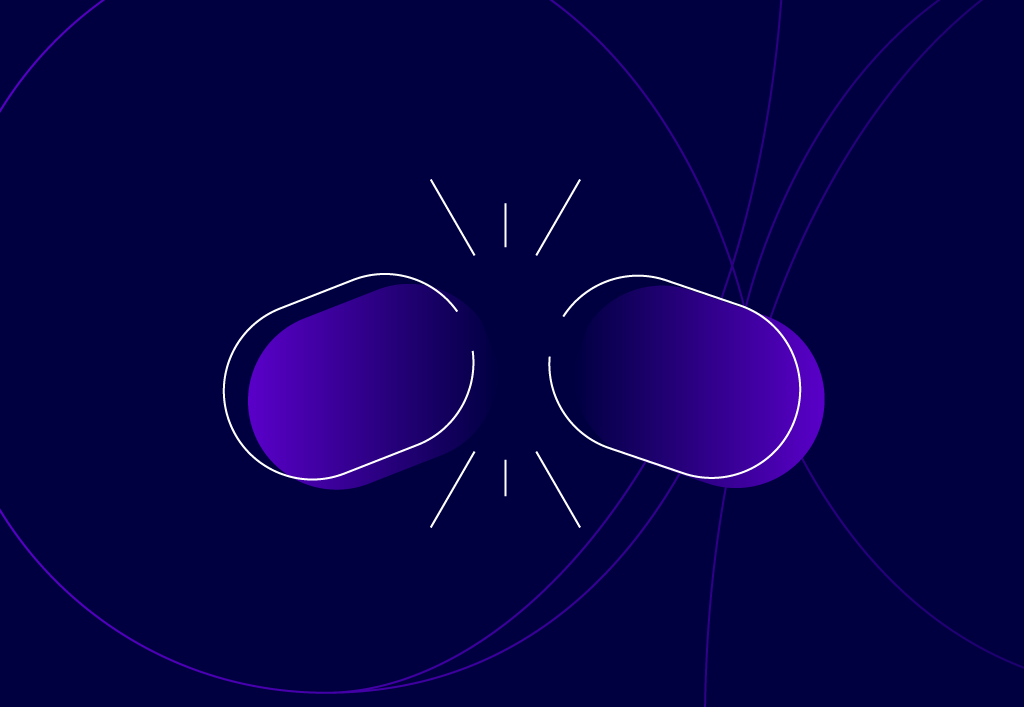
404 Errors: What you need to know

We’ve all seen them in our browser window, we’ve typed a query in, clicking on a URL that we could’ve sworn was correct, only to be presented with an Error 404. They’re annoying, and not really what the person that runs the website wants or the user wants. But what exactly are they? Like, why the numbers 404 and how on earth do we fix them?
In this blog, we’re going to be looking at these questions and answering them to the best of our knowledge.
We’ll be looking at what these error messages are, and how you can fix them. We’ll also be having a bit of fun and looking at the ways in which websites have embraced these error codes to create fun landing pages that are far less annoying than the generic 404 pages we’ve all come to know and be mildly annoyed at..
Anyway, enough about us, let’s dive into Error 404 Not Found!
What is a 404 error?
Also called the ‘404 Page Not Found’, it’s a page that indicates what you’re looking for can’t be found, or is, at the very least, not on that specific page. It’s either been deleted, moved to another part of the website, or you typed the URL in incorrectly.
I’d be willing to bet good money that most of you who are reading this have encountered a 404 error. What’s happening is that your browser (Chrome, Edge et al) is asking the website to display a page that cannot be found (for the aforementioned reasons) so will give an error message instead.
Even Embryo has 404 pages. Nowadays, thanks to the advent of cleverer CMS’, most websites will automatically redirect you to the right page without you even knowing it happened – this helps avoid broken pages. In addition to that, many websites have taken the initiative and created their own 404 error pages (some of which we’ll look at below).
Why you should fix 404 errors
Having a large amount of non-existent, broken links creates a poor user experience, can increase bounce rate off your site and turn users away from trusting your site.
Google crawlers will also struggle to efficiently crawl your site if there are a build up of broken links, which could also harm your visibility in the SERPs.
How to fix a 404 error
HTTP 404 error codes can damage a website’s ranking and reputation. That’s not exactly an innovative thing to say, after all, if a page that features an error code is still ranking for a query or keyword, it’s not providing the user with the answer. As a result, search engines are going to punish the domain for this.
They will presume the site isn’t well maintained and will drop its rankings because of these dead links.
If you own a website and want to fix these broken links, there are a few things you can do to identify them:
- If you have registered your website with Google Search Console – use it! Search Console will display any 404 errors that have been found. You can use the Console to mark them as completed once you have corrected them.
- There are loads of dead link checker websites that will scan your URL and check for duds. Once done, the site or app will give you a list of tracked error pages with status codes – very handy!
If you are a user, and you encounter a 404, you can do the following:
- Reloading the page may well work. Often a 404 occurs when the page hasn’t loaded properly. A quick refresh may very well see you right.
- If the website you’re on has a search function, use that!
- Contact the website and let them know they have a dead link – they’ll be very grateful!
How to make a 404 page inventive for the user
Most CMS’ automatically create a 404 error page for your website, as the user has to see something to let them know they cant reach the page that they wanted to get to. This 404 page can be personalised and branded to suit the rest of your website. Having a branded page for errors is a great way to provide links back to your home page or blogs, to keep the user engaged on your site.
Below are some great examples of brand that have clearly put thought into their 404 error page:
NPR
NPR‘s 404 page doesn’t, on its face, look that inventive or appealing. However, read on and you’ll see that they have cleverly taken an opportunity to link to blogs and stories “about lost people, places and things that still haven’t turned up.” – very clever guys.
Spotify
Again, Spotify’s 404 error page for its annual “Year In Music” microsite is, while nicely laid out and very on-brand, not particularly hilarious. However, do you spot Justin Bieber in the background? That’s a gentle nod to his hit song Sorry, this is Spotify’s way of subtly apologising to you for not being able to find the page you’re after.
Lego
Lego’s 404 is just so Lego, and we love it! Featuring one of its iconic yellow Lego figures, dressed in full maintenance garb, and a cheeky tagline that incorporates their iconic “EVERYTHING IS AWESOME” tagline!



